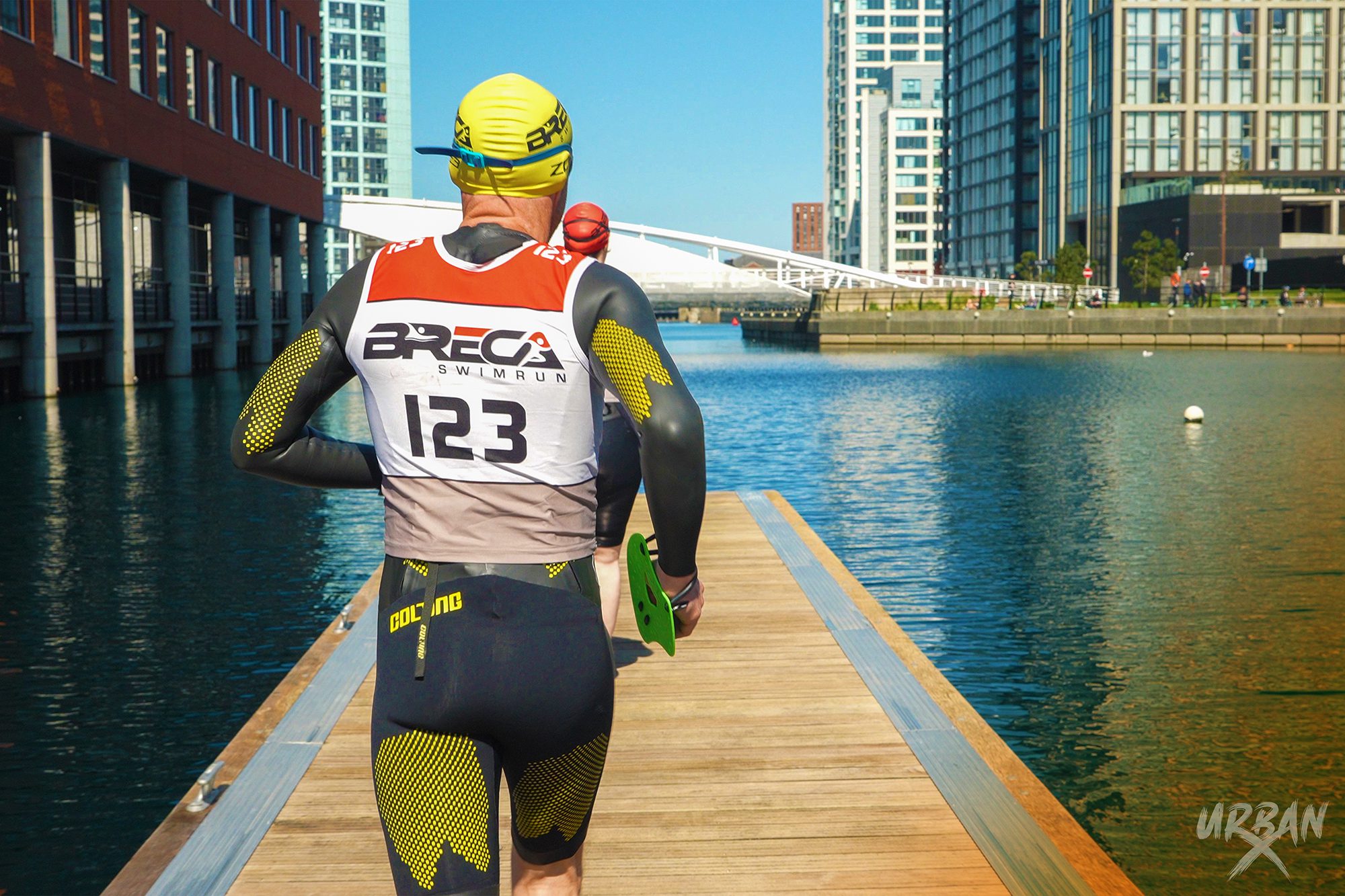
Bannister, centre, during his historic mile / Credit: Getty Images
Sir Roger Bannister, the first man to break the four-minute mile barrier, died on 3 March aged 88.
Bannister’s time of 3:59.4, set at Iffley Road sports ground in Oxford on 6 May 1954, was set during his medical studies at the University of Oxford – in fact, he had spent the day studying; the race didn’t start until 6pm!
He went on to win mile gold at the 1954 Commonwealth Games, before pursuing a long-lasting and highly successful career as a neurologist.
Bannister’s momentous mile inspired the next generation of British runners – the likes of Steve Coe and Seb Coe – to achieve legendary moments of their own, and cemented the unassuming medical student’s status as a sporting icon.
In homage to Bannister the runner, MR looks at how he made history in 1954.
Smart training
While many of his competitors signed up to the high-mileage approach, Bannister trained smart. For him, that meant high-intensity workouts, such as 10 x 440 yards, several times a week. He’d often take multiple-day breaks from running, always looking to keep his mind – and legs – as fresh as possible.
Unlike many of today’s middle-distance runners, who rack up in excess of 50 miles a week in training, Bannister’s legs were well rested. A huge believer in the power of rest, he tended to run for about 45 minutes four or five times a week and took a five-day rest from running before the record attempt.
Self-belief
Back in 1954, many people thought that the four-minute mile was physically impossible. Bannister, however, was convinced he could do it. In many senses, breaking the four-minute milestone was as much a mental hurdle as a physical one. It simply required a talented runner to be completely convinced that it was possible – and Bannister was that man.
Bannister broke the record because he believed he could. He visualised it countless times and never questioned his ability to succeed. Whatever your running target, believe in yourself and your training. As Bannister’s record goes to show, anything is possible if you put your mind to it.
Supportive friends
Bannister would never have broken the four-minute barrier alone. He needed to train with – and be paced by – his two great friends, Chrises Brasher and Chataway. Having trained through the winter with both, Bannister knew he had a better chance of breaking the barrier if they paced him.
On the day, Brasher led the first two laps, with Chataway leading the third and start of the fourth. After that, it was over to Bannister for the historic finish.
Top technique
In the above image, Bannister (centre), with shoulders down and face relaxed, is a paragon of perfect running form. Writing in his book, Twin Tracks, he remembers: ‘I was relaxing so much that my mind seemed almost detached. There was no pain, only a great unity of movement and aim.’






